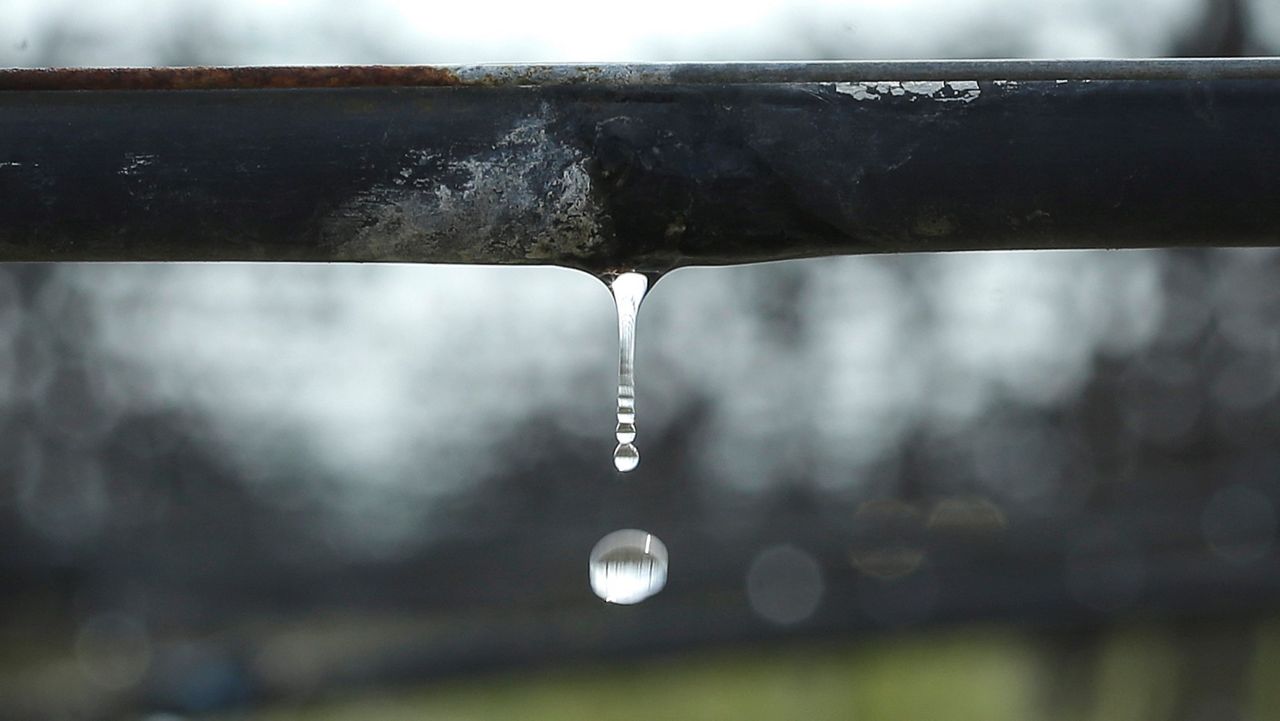LOS ANGELES — With most of California experiencing extreme or exceptional drought, according to the U.S. Drought Monitor, the Metropolitan Water District of Southern California declared a regional drought emergency Tuesday.
The resolution adopted by the MWD Board of Directors calls on member agencies, including LADWP, to review the adequacy of their drought response measures and to immediately implement conservation requirements to reduce their usage from the State Water Project that supplies a significant portion of Southern Californians’ drinking water.
In issuing its emergency declaration, the MWD cited warm temperatures, arid soils and drought conditions that have dramatically reduced supplies from the agency's two primary sources of imported water: the Colorado River, which has been experiencing a 21-year warming and drying trend, and the State Water Project in the Sacramento-San Joaquin Delta, which captures snowpack runoff from the Sierra Nevada Mountains.
“What we’re seeing this year is almost a sneak peek into a climate change world going forward,” MWD Senior Engineer Demetri Polyzos said during a water conservation conference Tuesday, adding that much of this year’s snowpack runoff evaporated because of “year after year dry conditions and, more important, year after year global warming.”
The outlook for next year is “bleak,” he said. The MWD expects the state’s Department of Water Resources to allocate no water to the State Water Project when it releases its initial allocation December 1.
“That would be the first time we’d ever started a year that low,” Polyzos said, adding that the current year’s allocation is 5%, and that the year prior was 20%. MWD receives 30% of its water from the State Water Project.
“What that means is that if conditions don’t improve, the state may be allocating supplies from the State Water Project on a health-and-safety needs basis,” said Terence McCarthy, head of water conservation policy for LADWP. “Discretionary use of those waters will be limited for things like irrigation.”
The MWD’s regional drought emergency declaration comes less than a month after California Governor Gavin Newsom expanded his drought emergency declaration to the entire state, asking residents to voluntarily reduce their water consumption by 15% compared with 2020.
In August, the U.S. Department of the Interior declared the first-ever shortage for the Colorado River Basin, where reclamation projects at Lake Mead and Lake Powell are at historically low elevations and dropping. The Colorado River aqueduct supplies 25% of the region’s water. While cutbacks from the Colorado River will only affect Arizona, Southern Nevada and Mexico when they take effect in 2022, California could be impacted in 2023, McCarthy said.
LADWP has been abiding by two emergency water conservation ordinances since the city last experienced a severe drought in 2009. Under those ordinances, residents are not allowed to let water flow off their property, to hose off their driveways and sidewalks and are limited to three days of outdoor watering per week as long as it happens before 9 a.m. and after 4 p.m.
“If things don’t improve in supplies along the State Water Project and the LA Aqueduct, we will have to call for further reductions,” McCarthy said. Outdoor watering could be reduced two days a week “and maybe even more depending on precipitation in the Sierras.”
Southern California has a high level of variability from year to year when it comes to rain and snowfall. While most of the country has an annual variation of 10-20%, precipitation in Southern California can change by as much as 70% annually, ”which is a challenge when it comes to planning for water supply and reliability,” Polyzos said.
The Metropolitan Water District supplies about half of the water used in Southern California. While 45% of its water is from local sources, including groundwater, recycled water and residents’ conservation efforts, more than half is imported from areas that have been experiencing significant declines in water supplies as the state enters a third year of drought.



